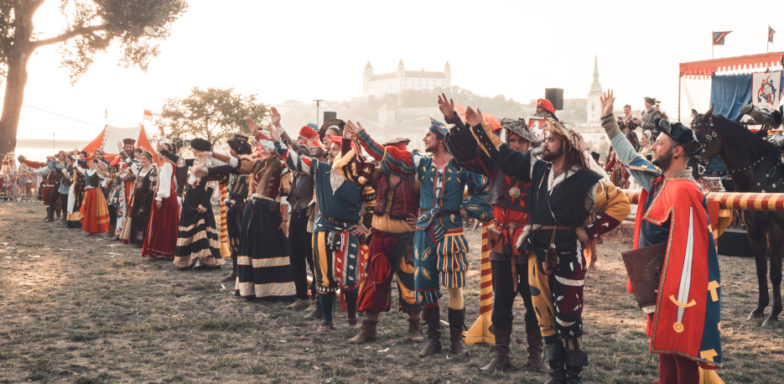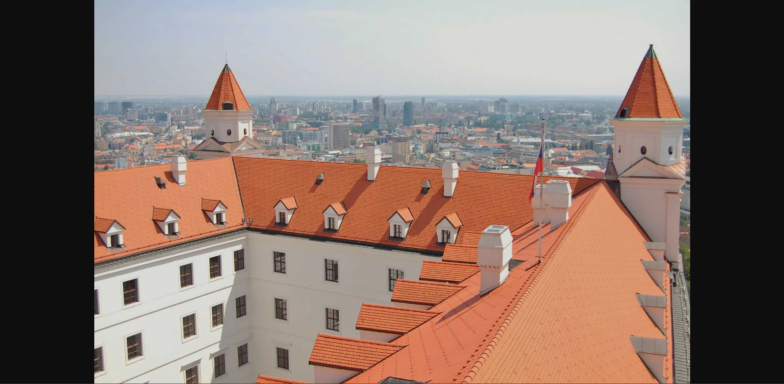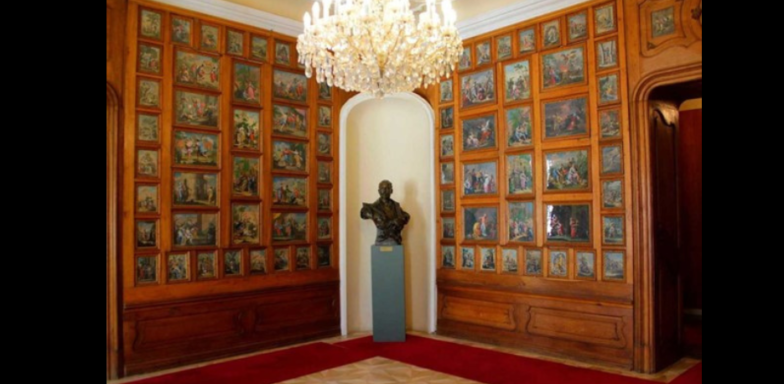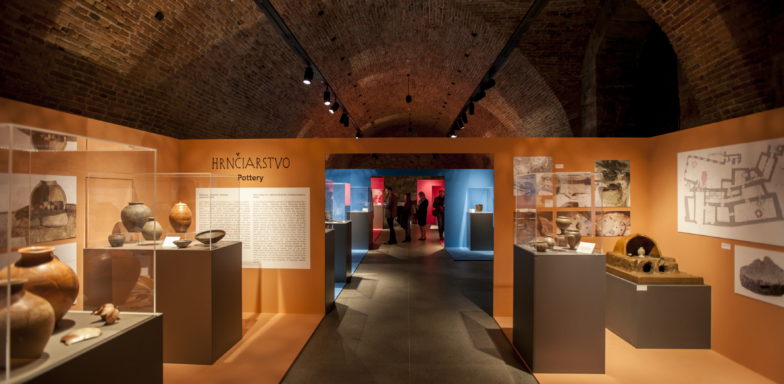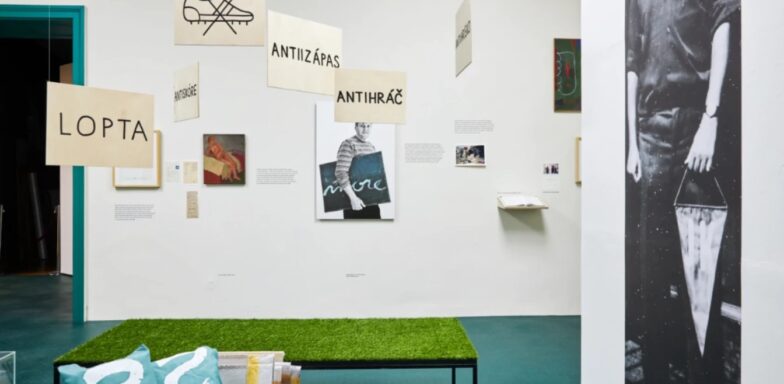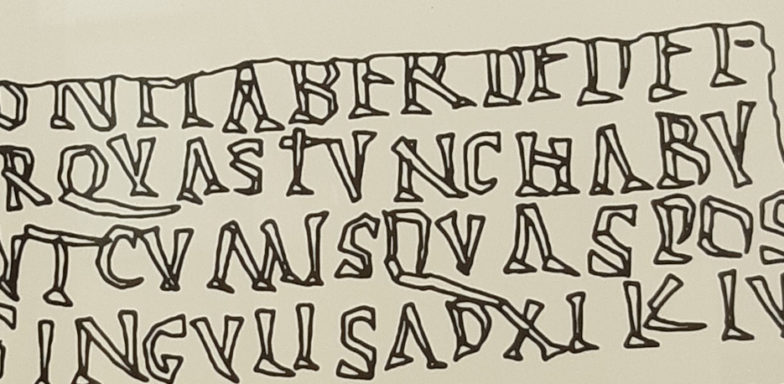
We use cookies on our website in order to personalise and improve the content and to ensure that the site works as it should. By selecting “Accept all cookies”, you permit us to continue showing you personalised (advertising) content and therefore to provide you with the best possible user experience. Another option is “Only necessary cookies”, but selecting this may distort the way personalised content that you might like is displayed. For more information on the use of cookies and how personal data is processed on our website, please click here.


